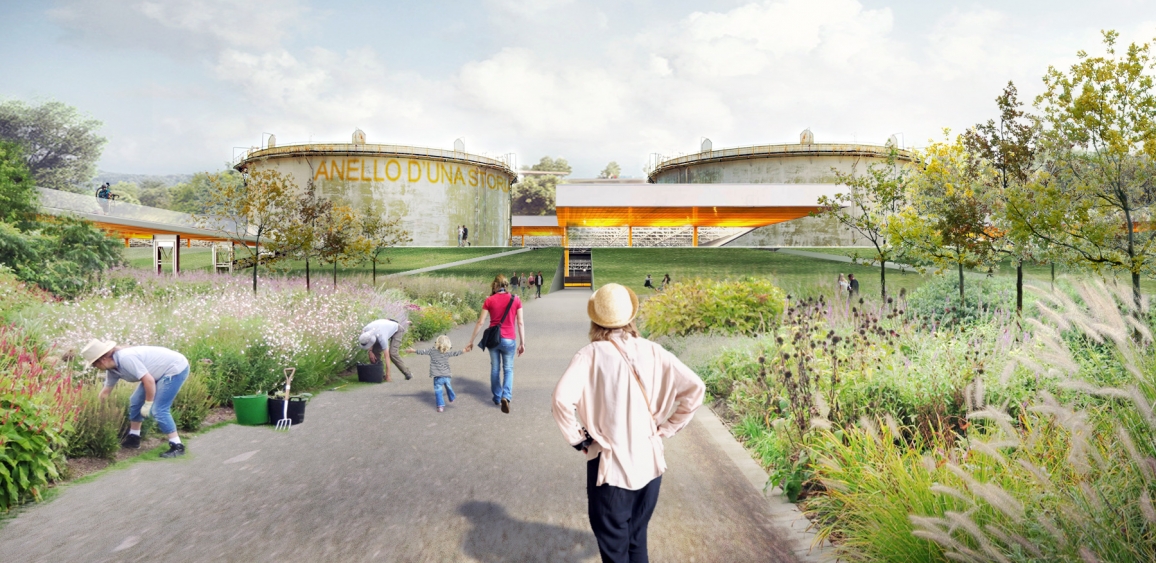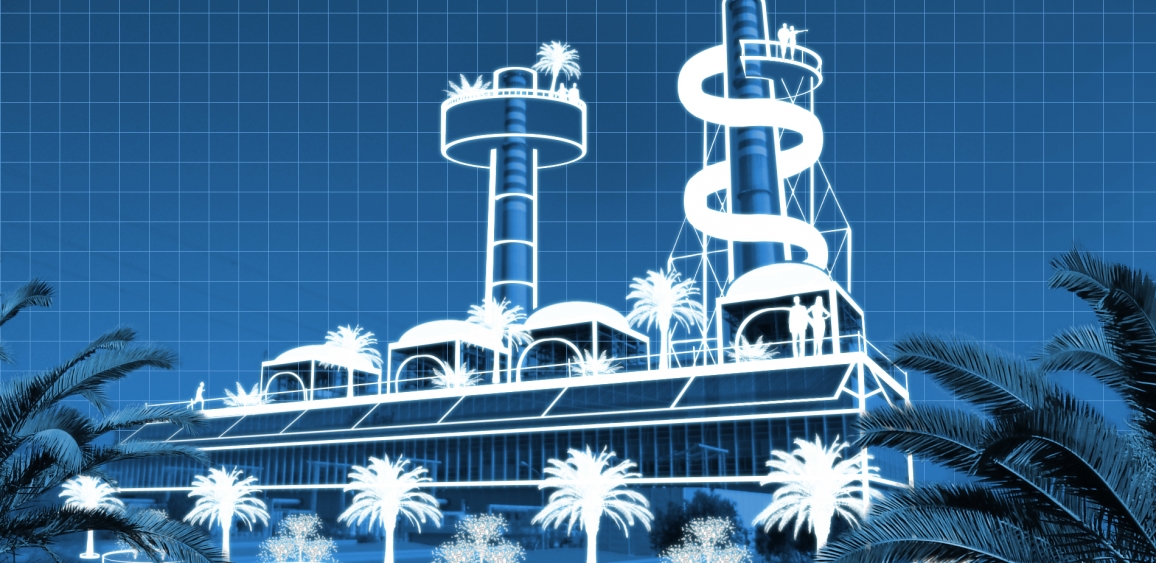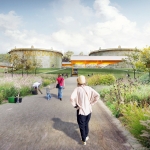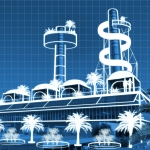Enel is the first Italian operator: it provides 25% of domestic generation with plants whose capacity is around 40,000 MW, manages 85% of the medium and low voltage distribution network and supplies electricity and gas to 31 million customers
Additionally, Enel boasts an absolute record in electricity technology: it was the first company in the world to develop the electronic meter, paving the way to an increasingly ‘digital’ distribution network. And it is already studying a new model for an even more advanced meter, capable of offering more information to network operators – to be used to monitor the quality of supplies – and cutting-edge services to customers.
However, the economic context is complex: in 2014 the Gross Domestic Product (GDP) experienced another negative -0.4% variation. The latest European Commission forecasts estimate a 0.6% increase of Italy’s GDP in 2015, compared with a 1.3% increase in the whole Euro area and a 1.7% rise for the whole of the EU.
The weak industrial recovery and the risk of deflation slow down electricity consumption, regarding which a much reduced annual growth rate is expected also in the medium-long period.
European energy policy: common challenges and objectives
The supranational dimension of the energy market requires Italy to define an energy strategy in line with the Union’s policies, namely:
– decarbonisation;
– creation of a single market, to affect energy security and reduce energy costs;
– strengthening energy security by using all available technologies, the diversification of supply routes and a greater focus on the efficient energy use.
Therefore, the indications set out guidelines for the electricity industry, which must reduce emissions, develop renewable sources and increase energy efficiency.
Evolution of the energy sector in Italy
The electricity business, in Italy and in the other mature European markets, is experiencing an evolution that involves economic, technological, political and social aspects. The lowered energy demand, the industrial sector’s reduced activity, the renewable energy boom, the regulatory dynamics, the growing environmental sensitivity, have drastically transformed the system.
Despite the fact that more efficient large plants are a fundamental resource for satisfying needs and ensuring the system’s security, today Italy’s thermoelectric production capacity is evidently in excess. Many plants are not competitive and the old ‘one to many’ model (energy was generated mostly by a few large plants with a one-way distribution to end users) is replaced by a new one that is closer to grid business dynamics
The new scenario is characterised by a far more active role played by customers, with increasingly widespread energy generation, also due to the extraordinary proliferation of many small self-generation plants. Additionally, this model opens new development areas for the electricity market: more widespread application of electricity in everyday life, in mobility and home heating, software and next-generation products allowing customers to actively control their consumption and make more autonomous and conscious choices.
Therefore, the emergence of new needs – and therefore market spaces – in the end segment of the traditional ‘value chain’ (the so-called ‘new downstream’) becomes the positive side of the coin: the evolution of the energy system leads to the closing down of production sites, but introduces various growth and innovation opportunities for the country.
The company’s position
Enel is set on anticipating this change by aiming at technology and innovation to offer customers a more evolved and smart service. A new energy model that includes products and services for energy efficiency, smart consumption management and solutions for sustainable mobility.
In this scenario, the conversion of 22 plants becomes a necessary initiative and an occasion for the country which can then seize various new development opportunities. With the FUTUR-E project, Enel is set on responsibly leading the transition, with the wider involvement of all stakeholders, starting from the people who work in the company.
By involving specialised firms, Enel has launched an analysis of the various areas in order to identify possible ‘destinations’ for the plants whose production will cease or has already ceased within the present structure.
Direct employment is protected and projects aimed at generating shared value with territories and communities will be identified. Wherever possible, the industrial vocation of each area will be maintained by means of conversion into generation plants with a different technology or functional transformation when starting new activities not pertaining to the energy sector. Whenever the conditions should not allow to continue an industrial activity, all other options aiming at enhancing these areas through different uses will be assessed.
Action will be based on a different approach and strategy according to the destination of the sites and can aim to:
– actively involve all process players (such as communities, institutions, universities, etc.) to achieve a shared project, also through a ‘contest of ideas’ to identify the intended use
– spread information to illustrate and share the new industrial project.
The Futur-e project is based on the definition of a Manifesto that explains and represents Enel’s energy vision for the country.
Italiano






